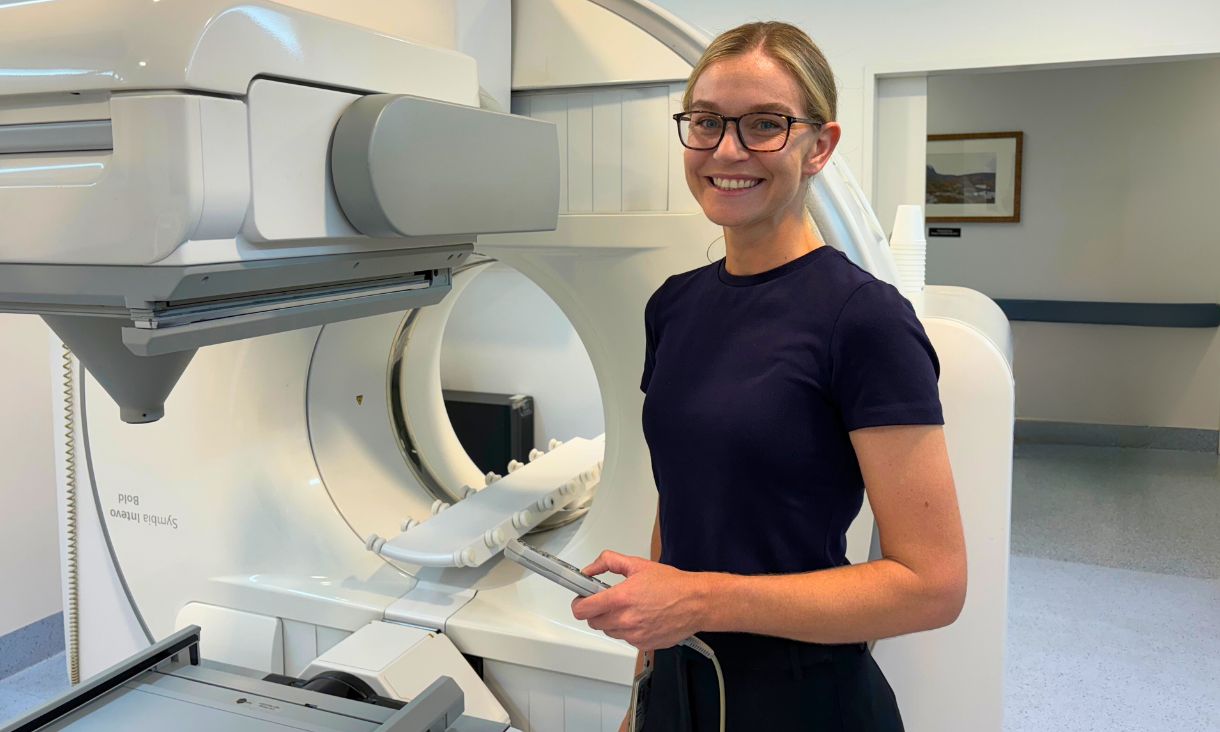While the cause of Alzheimer’s disease remains a mystery, amyloid plaques that are toxic to brain cells are known indicators of the disease.
The new research showed these plaques start in the same place and spread in the same way in the brains of people with obstructive sleep apnea, as in those with Alzheimer’s.
The clinical study by Australian and Icelandic researchers, led by RMIT University, is published in the journal Sleep.
Lead investigator Professor Stephen Robinson said scientists have known the two diseases are related, but what drives the connection is still unclear.
“We know that if you have sleep apnea in mid-life, you’re more likely to develop Alzheimer’s when you’re older, and if you have Alzheimer’s you are more likely to have sleep apnea than other people your age,” he said.
“The connection is there but untangling the causes and biological mechanisms remains a huge challenge.
“Our study is the first to find Alzheimer’s-like amyloid plaques in the brains of people with clinically-verified obstructive sleep apnea.
“It’s an important advance in our understanding of the links between these conditions and opens up new directions for researchers striving to develop therapies for treating, and hopefully preventing, Alzheimer’s disease.”
Significantly, the severity of sleep apnea was linked with a corresponding build-up of amyloid plaques.
The study found that treatment with continuous positive airway pressure (CPAP) – the standard approach for moderate to severe sleep apnea – made no difference to the amount of plaques found in the brain.
Brain damage connection
Obstructive sleep apnea (OSA) is a serious condition that occurs when a person's breathing is repeatedly interrupted during sleep.
OSA is increasingly common, affecting more than 936 million people worldwide and up to 30% of elderly people. Around one in four Australian men aged over 30 have some degree of sleep apnea.
Alzheimer’s is the most common form of dementia, affecting up to 70% of all people with dementia, with age the biggest risk factor for developing the disease.








